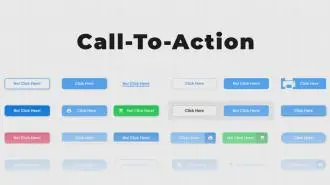Summary / TL;DR
Generational marketing helps businesses improve customer engagement and conversion rates by tailoring strategies to specific age groups. Each generation—Silent, Baby Boomers, Gen X, Millennials, and Gen Z—has distinct preferences influencing how they respond to marketing. Silent Generation values respect and traditional methods like print or face-to-face interaction. Baby Boomers are tech-savvy and engage through social media and email. Gen X prefers authenticity, cost efficiency, and digital-traditional blends. Millennials seek sustainability and immersive experiences. Gen Z favours digital channels, influencer marketing, and social responsibility. Effective generational marketing requires understanding unique traits, avoiding stereotypes, and choosing appropriate platforms, content formats, and publishing times.
You’re making a big mistake if you assume one size fits all in marketing. Your content marketing efforts will enhance your conversion rate, and customer relationships will be much stronger if you find your unique audience. One of the most effective methods of doing this is implementing generational marketing.
Generational marketing plays a big role in finding your target audience. Encourage your marketing team to explore various age group preferences, as you’ll often discover that most of your audience belongs to particular segments.

Start by getting to grips with generational marketing traits and why they matter. Dive into each generation’s quirks and the best ways to connect with them. After that, pinpoint the generation you’re aiming at and take the right steps to engage with them.
Today’s guide will help you move through each phase to find and connect with the audience made for your unique business.
Want to receive updates? Sign up to our newsletter
Each time a new blog is posted, you’ll receive a notification, it’s really that simple.
What Is Generational Marketing?
Generational marketing is a generational marketing strategy that involves segmenting and targeting an audience across different generations. Marketing materials and communication are tailored to generational preferences, behaviours, and desires — aiming to forge a connection with the unique traits of other generations.
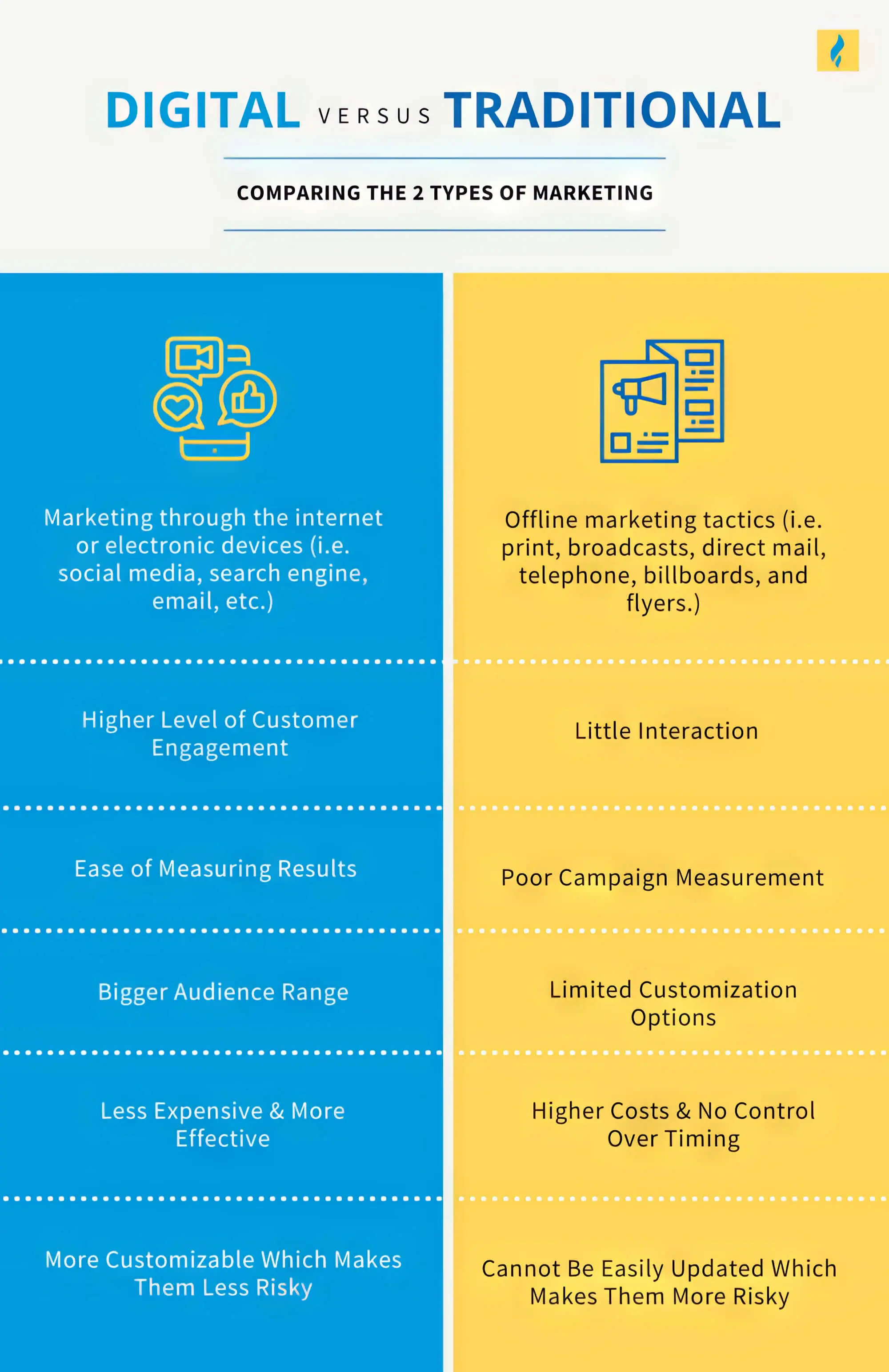
Why Is It Important?
Generational marketing is important because each generation interacts with marketing differently.
Every generation has its own set of behaviours, tastes, and interests. To effectively reach your target customers, it’s crucial to consider these unique traits.
Understanding the varying interests of different generations in your audience allows you to pinpoint the best tactics, channels, and marketing types to invest in. By honing in on your target demographic, you can use your resources smartly, ensuring consistent marketing results.
Start With Segmentation
Ready to explore how generational marketing can boost your business? Start by getting to know the different generations. Continue reading to discover how each of the five generations connects with marketing strategies.
The Silent Generation
The silent generation was born between 1928 and 1945. They represent the first generation of modern consumers, between the ages of 70s to mid-90s. Although they’re the seniors in our communities today, don’t discount their buying power.
They remain engaged in online shopping, travel, and embracing new experiences. Known for their brand loyalty, the silent generation values respect and exceptional customer service. This steadfast loyalty attests to their resourcefulness and determination, having witnessed events like the Great Depression and World War II.
What this generation responds to marketing-wise
When marketing to the silent generation, it’s crucial to be as straightforward as possible, whether through imagery or video marketing strategies. Traditional marketing methods, like TV, print, and direct mail, are the most effective, considering the silent generation isn’t as digitally fluent.
But that doesn’t mean avoiding digital marketing altogether. Getting engagement from the silent generation online requires extremely user-friendly interfaces, straightforward navigation, and simple content.
Prioritising face-to-face marketing opportunities is a great way. Unlike younger generations, the silent generation is less likely to visit your business online, preferring in-person interactions. They grew up developing relationships through in-person conversations and interactions, so they’ll resonate with marketing that incorporates this.
Baby Boomers
Baby boomers were born between 1946 and 1964. They are just behind millennials as the second largest generation group. Those baby boomers were born after World War II during economic prosperity when wages increased and businesses grew stronger.
Baby boomers value family and meaningful relationships with friends and community members. Optimism, personal gratification, and holistic health are essential as well.
In addition, many could retire during their mid-sixties after dedicating years to their careers. They’re also looking forward to enjoying themselves during these years with decent-sized retirement funds and pensions.
What this generation responds to marketing-wise
Recognise the tech-savvy nature of baby boomers when designing your digital strategies. Leverage popular platforms where baby boomers are active, often use social media and integrate traditional advertising methods like TV and direct mail to engage with this audience. Ensure the content you create for these channels is mobile-friendly, as baby boomers spend a lot of time on mobile devices.
Helpful content will also attract baby boomers. Infographics, links to further research, digestible written content, and compelling videos will help showcase benefits and prove your product, service, or business is worth the investment.
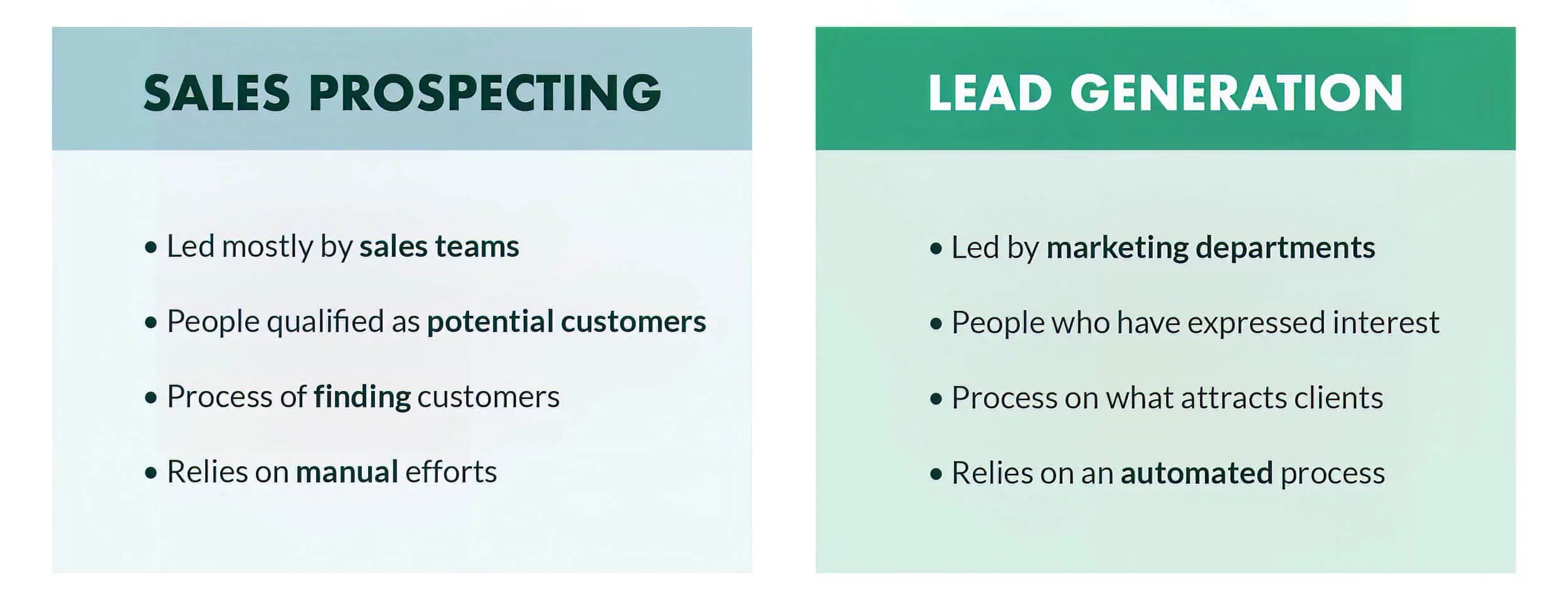
Generation X
Those in Generation X were born between 1965 and 1980. This generation is also known as the “latchkey generation.” This is because their parents (baby boomers) worked so much that their Gen X children often stayed home alone and took care of themselves.
Generation X is in the middle of their working careers — with many possessing the most purchasing power they’ve ever had due to their extensive work experience. Unfortunately, many Gen X individuals have relatively low levels of wealth compared to their baby boomer parents.
Known as the most diverse generation for valuing diversity, self-reliance, authenticity, and direct communication, Generation X enjoys authentic ways to interact with brands. Gen X also prioritises work-life balance. They’re keen on ensuring their personal life is as full as their career.
What this generation responds to marketing-wise
Keeping your messaging authentic is key in marketing to Gen X. Blending traditional marketing tactics with digital approaches is a wise strategy.
When tailoring your marketing messages, consider the financial perspective as a way to reach Gen Xers effectively. They’re looking for high-quality products and services that are budget-friendly. The appeal of loyalty programmes and rewards is powerful for this demographic.
Generation X uses technology regularly as well. Thus, using mobile channels utilising effective digital marketing tactics like SMS marketing is highly advantageous.
Millennials
Millennials born between 1981 and 1996 are considered a part of the millennial generation. They grew up when technology became a part of everyone’s daily life. But still, millennials have been deemed the last generation to truly play outside and nurture their imaginations in the wonders of the outdoors.
Millennials value authenticity, flexibility, and collaboration. Health and wellness are also a big deal. So is meaningful work and consistency. And don’t forget about sustainability.
What this generation responds to marketing-wise
Millennials are more likely to support environmentally and socially conscious businesses. They’re seeking brands that put their social and environmental commitments on display.
Millennials also want experiences. They want to be submerged into an unforgettable adventure through a social media millennials prefer, creative visuals, captivating videos, or an in-person event.
Millennials are digital natives. Be sure your online presence is polished and professional, as this is where they’ll go to learn about your brand and engage with it.
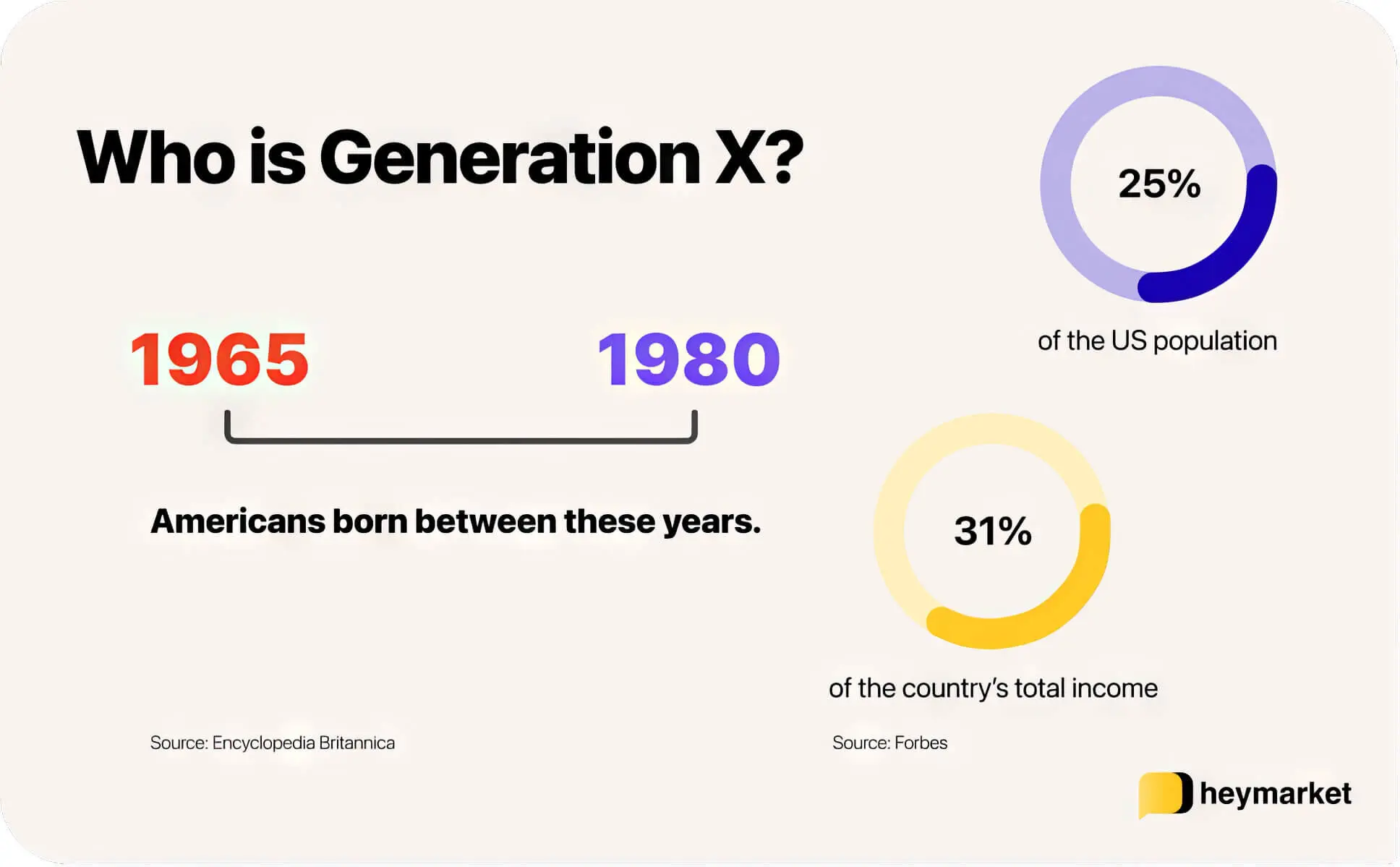
Gen Z
Individuals born from 1997 to 2012 are a part of Generation Z. Members of the youngest generation are as young as 11 years old, while the oldest are in their mid-twenties. Gen Zers were raised amidst modern technology, making it an intricate part of their lives.
They’re also more socially minded and environmentally conscious than previous generations. They are passionate about social issues, including mental and environmental health, education, economic security, and equality.
Gen Z values stability, but at the same time, they want to enjoy life to its fullest. They’re all about self-care. And they want to live in an inclusive, diverse culture.
What this generation responds to marketing-wise
Marketing to Gen Z effectively starts with sincerely supporting causes they’re interested in. Highlight these causes in an engaging, genuine way through focused campaigns.
Because Gen Z is digitally sophisticated, your marketing efforts should focus primarily on digital spaces and techniques. Optimise your website by making it mobile-friendly. In addition, incorporate strategies like influencer marketing, which can deeply influence audiences on various media platforms.
More importantly, take the time to establish trust with Gen Z individuals. Actively seeking customer feedback is fundamental for a successful marketing campaign, as it deepens relationships and enhances brand support, which leads to a higher conversion rate and increased profitability.
Which Generation Fits Your Target Market?
After studying each generation, the next step is identifying which primarily encompasses your target audience.
Take advantage of knowing the specific age group of your target audience. For example, suppose you’re targeting ideal customers within the Gen X millennial cohort aged 26 to 42. In that case, your focus should be on the X millennials and Generation Z. If they’re in their late 50s to 70s, baby boomers are your target generation.
It’s also good to factor in how your ideal customers think and behave. Match those thought patterns and behaviours with those in the specific generations that have them. You’ll have a fuller picture of your target audience’s generation or generations.
Tips for Reaching Your Intended Audience
Take the advice above about how to best market to your chosen generation, and pair it with the following tips to make reaching your intended audience even more effortless.
1. Do deeper research on the generation you’re targeting.
Deeper research is essential, especially when your approach must resonate with multiple generations. Not only do you want to collect the most up-to-date information on the generation, but you also want to ensure you know the current trends they like.
Start with a general internet search on the generation you’re targeting. Look for credible sources with the .gov, .edu, or .org domain extensions. Sites with .com domains can be credible, too, but there are a lot of them out there. As such, keep looking for low-quality content like bad grammar, frequent misspellings, and generality.
Note interesting information about your generation. Write down any statistics and facts that could guide your campaigns. Document customer insights and trends as well.
When you identify generational marketing trends, you want to incorporate and determine which are best to move forward with. You can do this with a cost-benefit analysis, which can help you weigh the benefits against how much it will cost to implement the trend.
The last thing you want to do is spend a large percentage of your marketing budget on an ineffective trend. So, consider why implementing a trend would be valuable and make sure the cost of doing so makes sense for your finances.
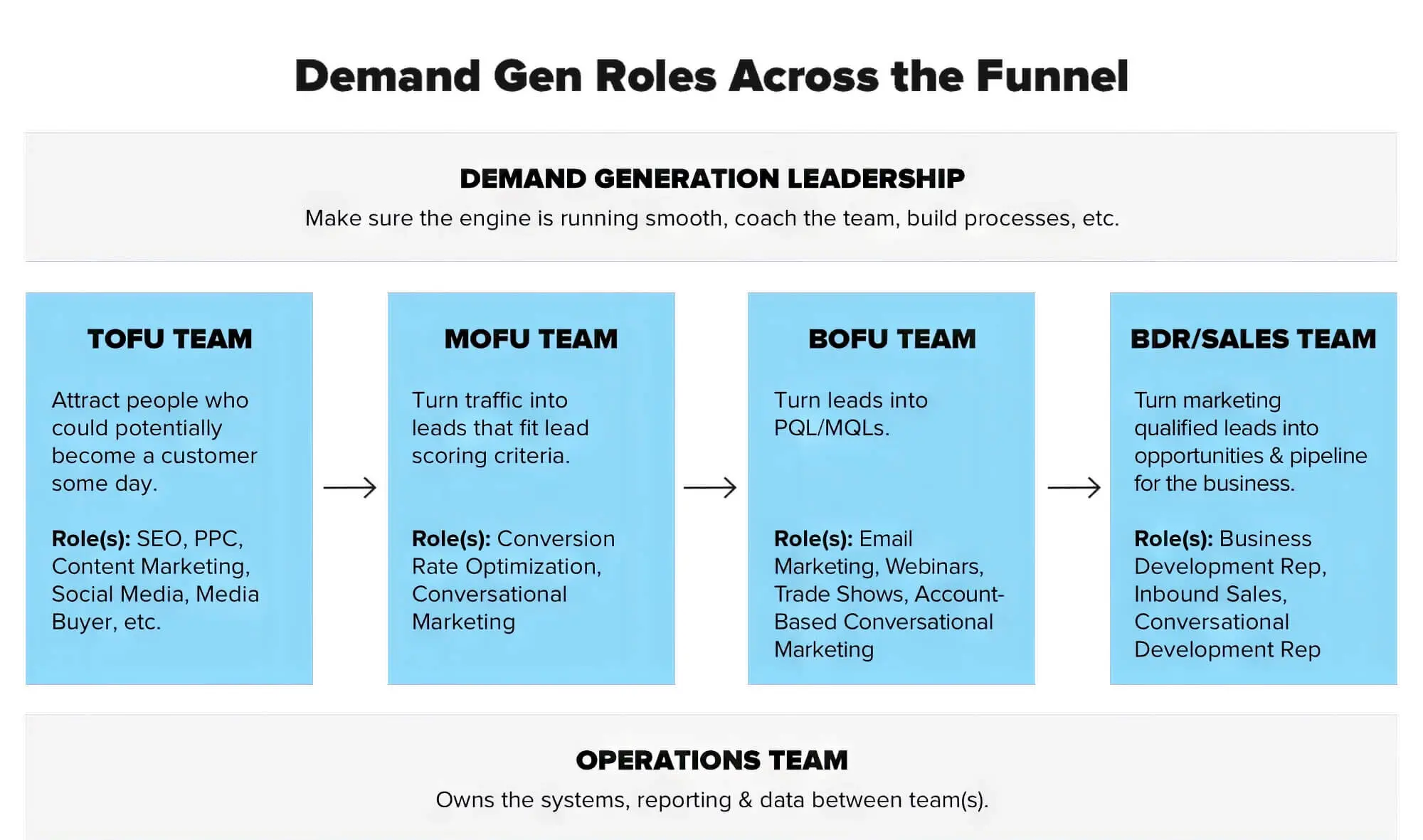
2. Beware of generational stereotypes.
You won’t see good results from generational marketing if you offend the target people. One way to do this is through generational stereotypes. Clinging to them in your content and messaging will turn people off and put a barrier between your business and them.
Familiarise yourself with generational stereotypes related to your audience. An excellent example of this is, “Millennials are lazy.” Creating a campaign around how even the laziest people can use your products to their advantage might offend your millennial audience. Instead, create a campaign about millennial concerns — such as accessibility or sustainability. Not only will this appeal to millennials, but you’ll also draw in a broader audience.
Research generational stereotypes in depth. Coupling internet research with talking to actual people in each generation will give you a well-rounded view of which stereotypes affect your audience and how.
3. Determine your audience’s favourite marketing channels.
Reaching your intended audience depends largely on which marketing channels you use. Use generational insights to ensure you engage your audience on the channels they frequent most. Think of generational preferences but also acknowledge those specific to your unique audience.
For example, let’s say your audience is comprised of baby boomers. In this situation, you should research marketing platforms that typically resonate with them. According to Forbes, 96% of baby boomers find products through search engine use, and 95% find email marketing equally effective.
So, divert your efforts to these marketing strategies — email marketing and website creation alike. You should also deploy a search engine optimisation (SEO) strategy to ensure your site reaches the top of baby boomers’ SERPs. But if you find a large portion of your baby boomer audience uses social media, incorporate this channel.
Finding out your audience’s favourite platforms is best done through data analytics. Open your data analytics tools and pull up any audience information you have. Comb through it for insights about engagement on each marketing channel. Those with high engagement should be your focus.
4. Choose the best platforms for each channel.
Aside from marketing channels, You must choose the best platforms for your marketing campaigns to be effective on each channel.
An excellent example of this is illustrated with social media marketing. If social media marketing is the channel you want to use, consider which platforms your audience engages in the most. Is it Facebook? TikTok? Instagram? Twitter? Pinterest? Twitch?
Consider which social media platforms will help you execute your marketing strategy effectively. If it’s email marketing, use a top-tier email service provider like Mailchimp. Opt for platforms like website hosts with built-in SEO analytics tools if it’s SEO. Solid graphic design software like Adobe Illustrator is key if it’s direct mail.
Make good platform choices so your marketing efforts are effective on each channel.
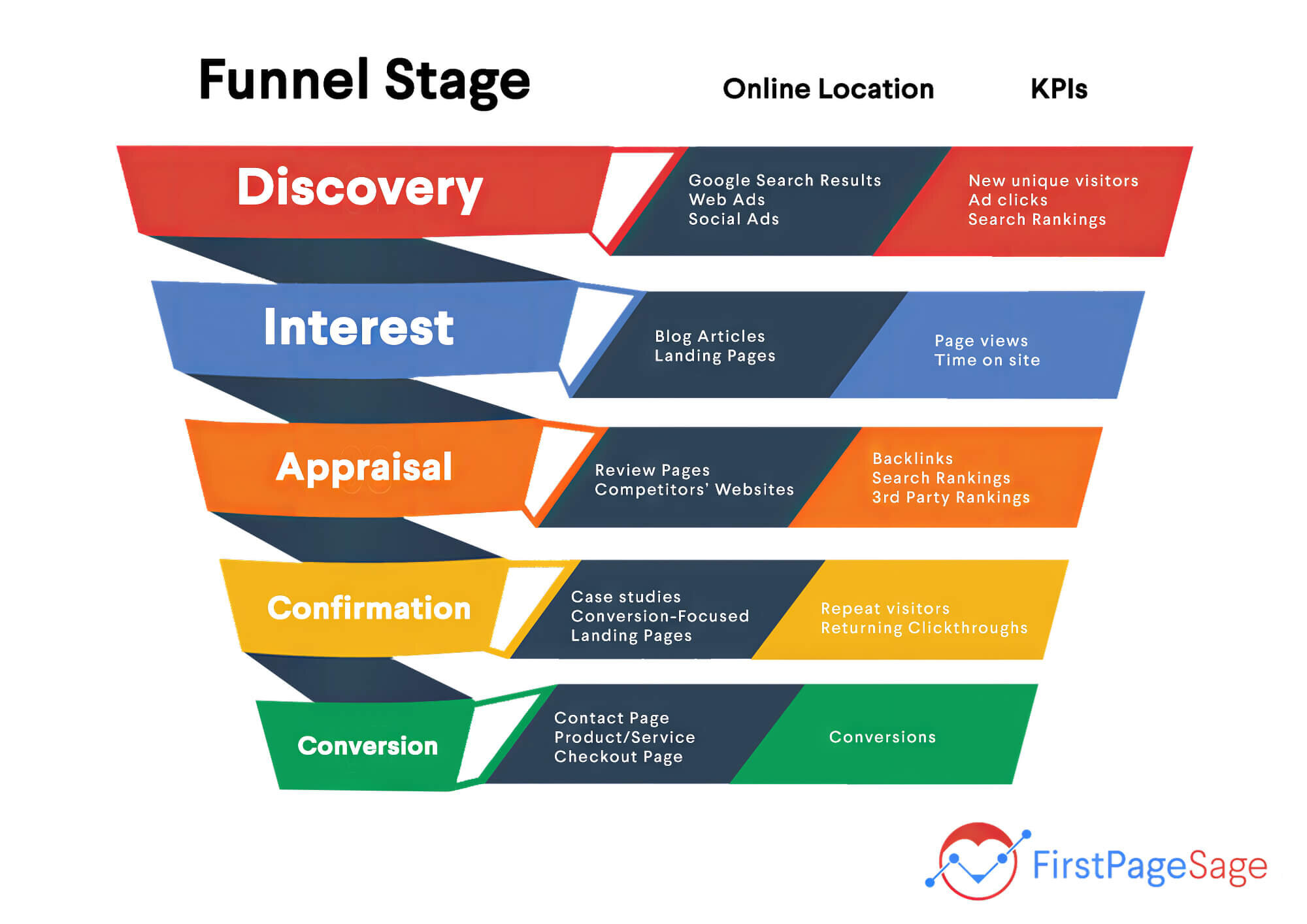
5. Understand content preferences.
Content is critical in successfully implementing generational marketing and reaching your intended audience. The deeper your understanding of your audience’s content preferences, the more targeted and successful your marketing approach will be.
Data analytics will be your best friend, like finding your audience’s favourite marketing channels. Look for information about the kind of content your audience engages with. What are the most popular topics? Do they enjoy long or short-form content? Which content types do they view most? Where do they find this content? Do accompanying visuals make a difference?
Dig into content preferences and then do what it takes to create this content to the highest quality.
6. Do what it takes to create quality content.
There isn’t a generation that won’t enjoy quality content. People will interact most with high-grade content — sharing, commenting, or clicking on links to learn more. Understanding what constitutes quality content for your specific audience is key to effective marketing.
Generational factors will have a hand in what your audience deems quality. For example, while individuals in Generation Z might seek compelling videos and in-depth blog posts, millennials highly value user-generated content on brand channels.
Whatever it is, you must create a full-fleshed strategy for creating high-quality content. This might entail hiring a content creation team comprising content writers, editors, videographers, photographers, and SEO specialists.
Creating content that values quality also necessitates that marketing teams take sufficient time to ensure high standards. Give yourself and/or your team as much time as you need for each piece of content. For instance, let’s say you’re creating a video. Factor in creating scripts, hiring actors, shooting the video, and editing it when making a timeline for completion.
Publishing your content at the right time also makes a difference in reaching your intended audience.
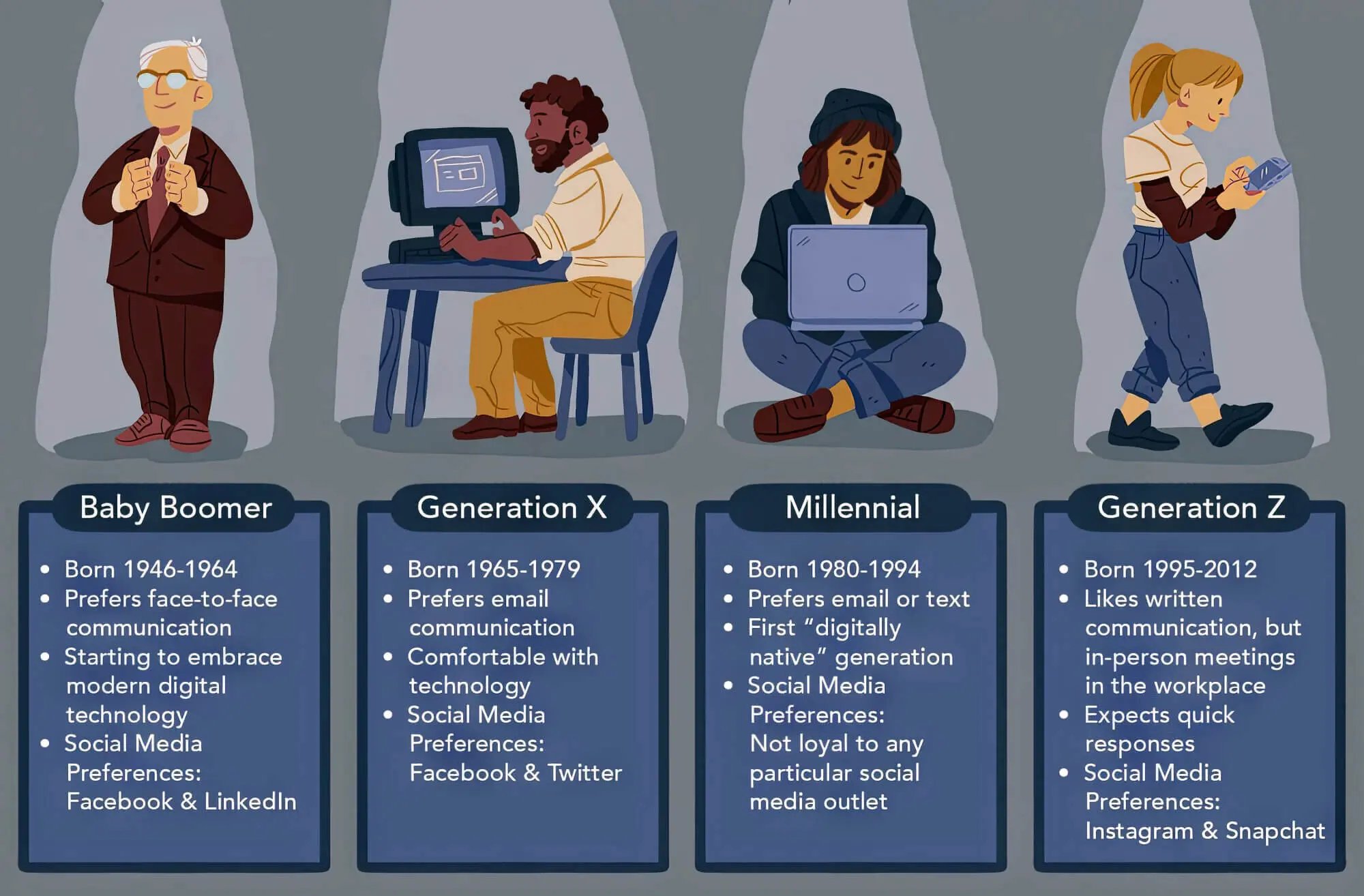
7. Publish it at the right time.
Of course, creating quality content is imperative for any audience. But so is publishing it at the right time. What’s the use of creating content if your intended audience isn’t going to see it?
It’s essential to find out when the right time is for you to publish specific content. When publishing online content, figuring out when you’re tracking audience data is easier. You can find out precisely when engagement spikes for each digital marketing channel you’re using.
On the other hand, figuring out when to put out traditional marketing materials is more complex. You’ll have to experiment until you find the sweet spot.
For example, consider a direct mail campaign. You can’t control when the flyer gets there. But you can control how often you send one. So, try sending direct mail frequently, such as once a week. Suppose that generates results, great. Stick with it. If not, try sending direct mail less often and see if that changes things.
Adjust your approach until you find what works best for your audience.
Need to Find Your Audience? Let Generational Marketing Help.
If you haven’t defined your audience yet, start the process today. A well-defined audience is a difference between consistent conversions and infrequent ones. Let generational marketing guide you to the audience most fit for your business.





